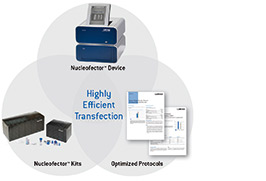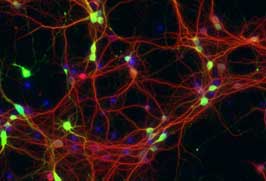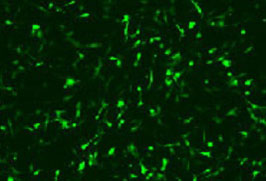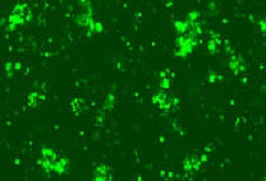Freephone: 0800 257 428 Email: sales@alphatech.co.nz
Transfection of physiologically relevant primary cells or stem cells is typically a very difficult task using traditional transfection methods. Additionally, when using relevant cell lines as model systems, the critical issues are to achieve reproducibly efficient transfection with highlevels of viability while matching throughput capability required at each project phase from proof of concept, through to scale-up and screening-like approaches.
With the electroporation-based Nucleofector™ Technology primary cells and stem cells, as well as cell lines, can be consistently transfected at high efficiency. Developed in 1998, Nucleofection™ has evolved through continuous innovation into a comprehensive portfolio of devicesand kits for many different transfection needs.
 | Improved Electroporation using Nucleofector™ TechnologyElectroporation is a transfection technology based on the momentary creation of small pores in cell membranes by applying an electrical pulse. Lonza's Nucleofector™ Technology is an improved electroporation technology that can help you achieve transfection results never before possible in primary cells, stem cells and hard to transfect cell lines with standard electroporation. In contrast to classicalelectroporation, with Nucleofection high efficiencies can be reached using much lower substrate amounts and with only moderate impact on viability. The comprehensive way in which Nucleofector™ Programs and cell type-specific solutions are developed enables nucleic acid substratesdelivery not only to the cytoplasm, but also through the nuclear membrane and into the nucleus. This allows for high efficiencies up to 99% and makes the transfection success independent from any cell proliferation. |
 | Nucleofector™ DevicesThe Nucleofector™ Device delivers unique electrical parameters. The electrical settings are pre-programmed for each optimized cell type and can be selected via the device or PC software. We offer three different device platforms plus an add-on device. |
 | Nucleofector™ Kits for Primary CellsOver the past decade, Nucleofector™ Technology has become the proven method for transfection of primary cells: Well over 100 protocols for transfection of primary cells available |
 | Nucleofector™ Kits for Cell LinesWith Nucleofection™ even hard-to-transfect cell lines can be transfected with high efficiency: Efficiencies of up to 90% |
 | Nucleofector™ Kit AccessoriesNucleofector™ PLUS Supplement Minimize transfection variations caused by donor variance, isolation process or cell culture by using Nucleofector™ PLUS Supplement for cryopreservation of larger cell batches in Nucleofector™ Solution. Specialized media for post Nucleofection™ Culture Our optimized Mouse T Cell Medium is recommended to be used in conjunction with the 4D-Nucleofector™ and 96-well Shuttle™ Kits for transfecting mouse T cells with maximum performance. pmaxCloning™ Vector The pmaxCloning™ Vector promotes strong, constitutive expression of cloned DNA inserts in mammalian cells. |
For additional information about Lonza's products & solutions and technical guidance, contact AlphatechTechnical Customer Support or call Alphatech on 0800257 428 . |